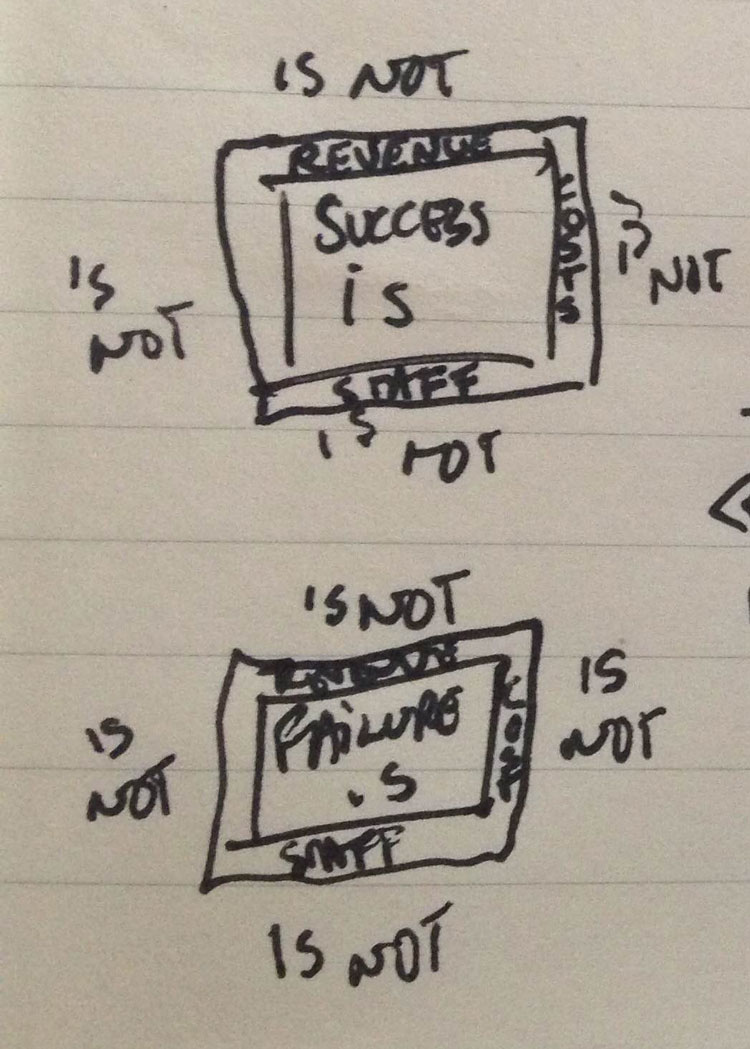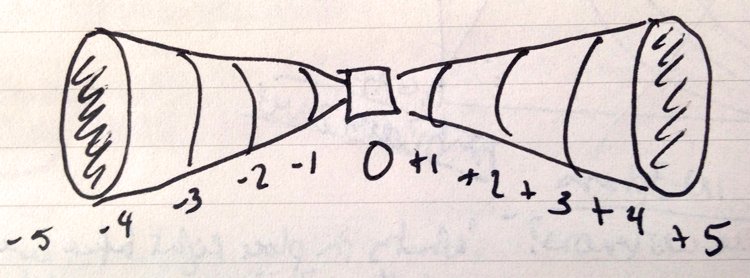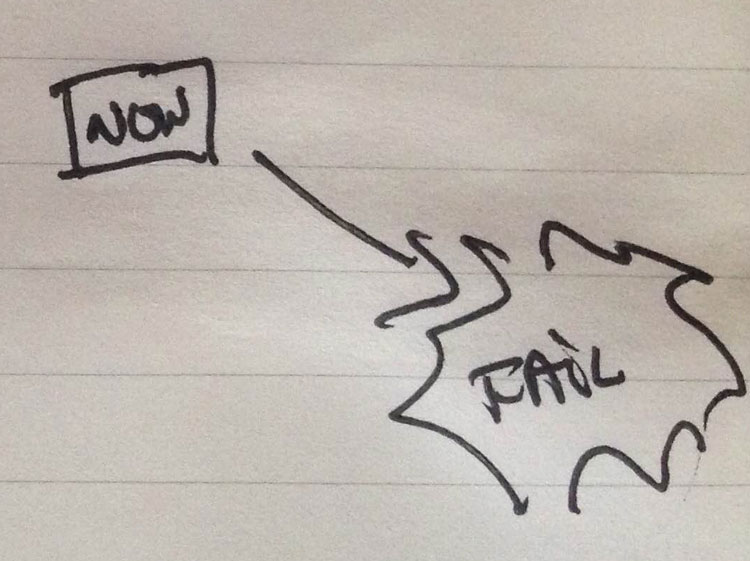Deciding on a Course of Action That FITS
Deciding on a Course of Action That FITS
Into the mailbag.
I get variations on this question from time to time, “Greg, we’re considering doing X, but no one can seem to agree on when, or even if, we should do it. What would you do?”
I’m a process guy that believes you should do things that are a natural fit for your business. That means I respond with something like, “Get your leadership team in a room and walk through a few exercises, like I’m about to show you. These activities will help you make a decision that you can live with. Quickly. Because speed is important.”
Set up an hour meeting and be ready with these three decision aids. Begin by introducing the aid, run the group runs through it, then move to the second aid and third aid if you have time.
No decision aid is perfect, but these speed the group to a decision everyone can live with. (It’s all about the fit.)
Aid 1. Is/Is not decision aid

Give the room five minutes to paint a picture of future success. Take those elements of success and start a verbal “is this, is not that” discussion around each element. In the scribble above, I grabbed Revenue, Costs, and Staffing, but there are ten common areas to consider: Customers, Markets, Products, Technology, Distribution, Sales/Marketing, Resources, Staffing, Revenue and Profit. (see Alan Weiss’ book, Best Laid Plans)
The discussion will start with statements like, “We’d know we won if we captured 30% of the market” which will get drilled down by asking the Is/Is Not questions, (hence the title). Those sound like, “will we measure that by # of companies?” (is), and on the flip side, “Well, but we don’t want companies under $10MM, right?” (is not)
The simplicity of the words “is” and “is not” breaks people in. You can do it with it’s opposite (what would failure look like?) too. I try to work with no more than four main topics, and keep it fluid based on how the group leads it.
Great introductory exercise that gets everyone on the same page in regards to what the success and failure of this decision will look like.
Aid 2. +5, -5 – Risk / Reward

Risk is downplayed or ignored too much. Get the group around that by using two intersecting funnels with 0 as status quo, and get a discussion going on defining the scale. Comparing possible good and bad results.
What is the best (reward) and worst (risk) that may result?
+5 = Industry domination, improvement that is the envy of peers
+4 = Industry leading results that impact earnings for years
+3 =
+2
+1 = minor improvement
-1 = minor disruption
-2 =
-3 =
-4 = massive defeat, earnings suffer, years to recover
-5 = devastating loss, the business doesn’t recover
The discussion starts by defining the scale. The talk drifts into investment, reputation and energy, with “that would be a +3 if it worked, but man, a -5 if it didn’t.”
You’re looking for positive numbers.
+3 on reward, -1 on risk is a Go.
+1 and -2 is a Stop.
Aid 3. Make a future failure

If those two aids don’t get discussion moving toward resolution, this is my ace in the hole. Inspired by Daniel Kahneman’s book, Thinking Fast and Slow. (It’s also used when there is zero friction and the process seems to be moving too fast, like no one is really into it.)
Draw that graphic and say, “It’s two years later, we made the decision, and it’s a total failure. Why?”
I give a time limit (seven to ten minutes), set a timer and ask the group to write down all the reasons why it failed. When we put them up on the wall, it uncovers challenges that haven’t been verbalized and have to be dealt with.
Then, barring the “unknown, unknowns,” you are left with a decision you can live with. And you did it quickly.
That’s it. Three quick visuals, three great discussions.
The best is the enemy of the good, says an Italian proverb, and when it comes to making decisions you can live with, we’re happy with good coupled with action.
Call me if you want help facilitating a discussion. I have a closet full of tools to help you get to what fits.
Good stuff.

